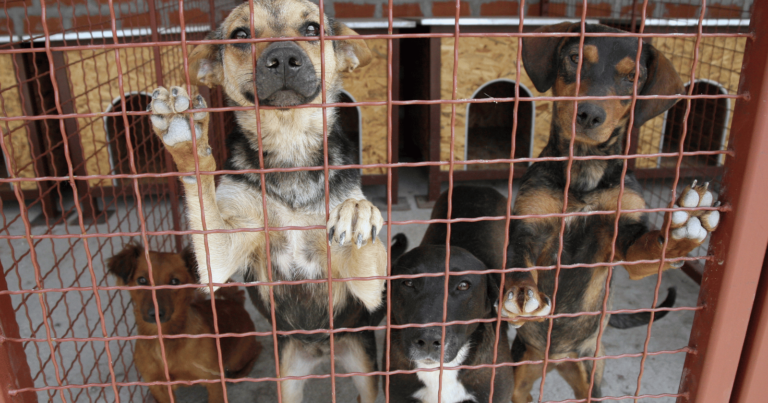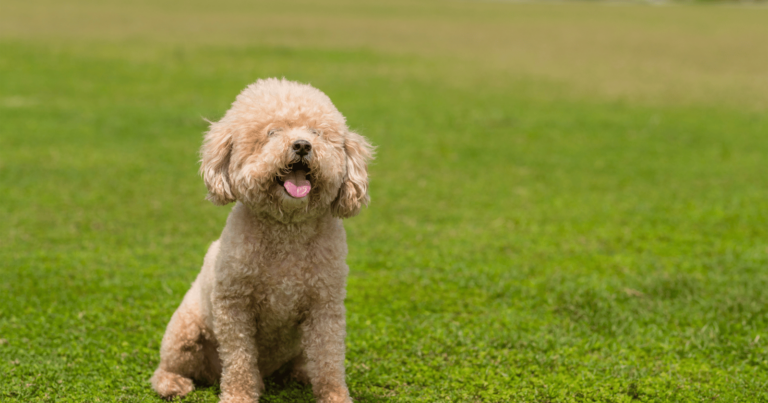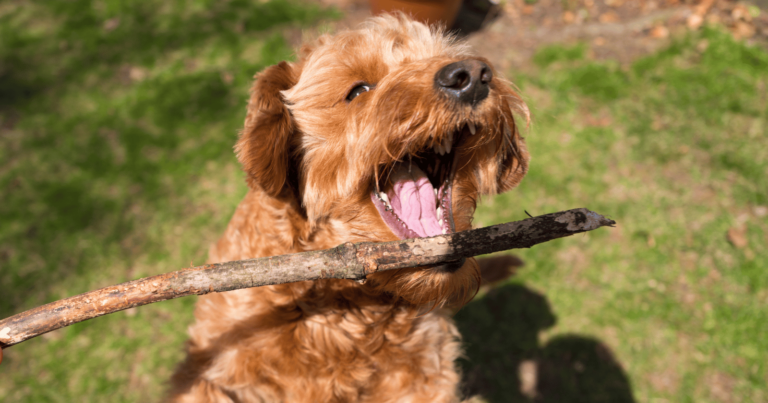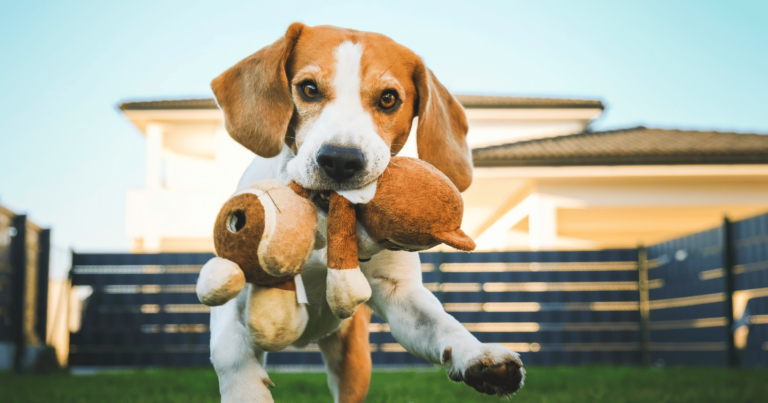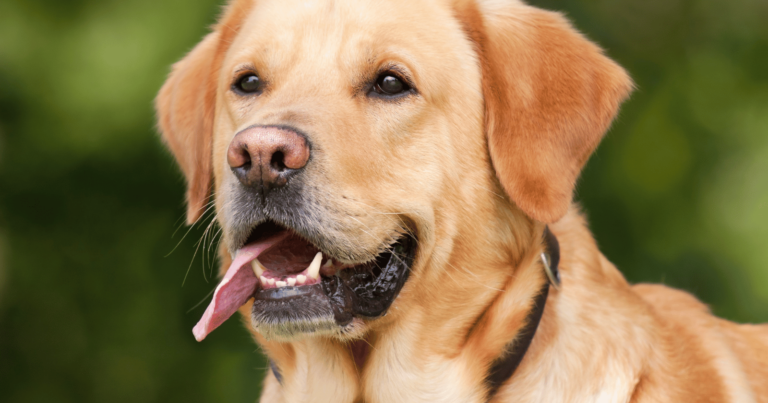If you’re a fan of larger-than-life canine companions, you’re in for a treat.
We’re about to embark on an exciting journey exploring the five biggest dog breeds in the world.
These colossal canines aren’t just impressive in size, they also bring a bounty of love and joy to any household lucky enough to have them.
Don’t let their size intimidate you!
These breeds are often some of the most affectionate and loyal friends you could ask for.
Let’s dive into this list of the five biggest dog breeds in the world.
1. English Mastiff
Meet the English Mastiff, the epitome of gentle giants in the canine world.
Known for their immense size and loving nature, these dogs are a favorite among big dog breed enthusiasts.
Their weight can range from 120 to 230 pounds, and they can reach a height of up to 30 inches.
That’s quite a lot of dog to love!
The English Mastiff is a breed with a rich history dating back to ancient times.
They were used as war dogs and guard dogs, but today, they’re cherished family pets.
Despite their formidable size, they are often described as ‘gentle giants’ due to their docile temperament and deep affection for their families.
These dogs are also known for their loyalty.
An English Mastiff will form a strong bond with its family and is always ready to protect its loved ones.
They are great with kids and often get along well with other pets.
One thing’s for sure, if you bring an English Mastiff into your home, you’re not just getting a big dog – you’re getting a huge amount of love and loyalty too.
2. Great Dane
This breed, often referred to as the “Apollo of Dogs”, can stand up to 34 inches tall at the shoulder.
The Great Dane is a German breed with a history dating back thousands of years.
They were originally bred for hunting large prey, but today, they’re known for their friendly and patient nature.
Despite their imposing stature, they are far from intimidating in character.
These dogs are generally friendly, sweet-natured, and great with children.
They’re also known to be quite the couch potatoes, enjoying a good snuggle session with their human family members.
Great Danes come in a variety of colors and patterns, including fawn, brindle, black, blue, harlequin, and mantle.
Each one boasting a unique and majestic appearance that further adds to their appeal.
One thing to note about Great Danes is their lifespan is typically shorter than smaller breeds, averaging around 8 to 10 years.
However, these years are filled with love and companionship that’s hard to match.
3. Saint Bernard

Originating from the Swiss Alps, these dogs can weigh anywhere between 140 to 260 pounds and can reach up to 35 inches in height.
The Saint Bernard is famous for its past as an Alpine rescue dog.
Their keen sense of direction and resistance to cold made them ideal for locating lost travelers.
Today, these dogs are cherished family pets, known for their patient and gentle behavior.
Saint Bernards are excellent with children and can be very protective of their family.
But due to their massive size, they should always be supervised around smaller children to prevent accidental knocks or falls.
Despite their size, Saint Bernards are not particularly active dogs.
Related Stories from Black Pearl Dogs
They’re quite content with moderate exercise and love nothing more than a good cuddle session with their human family members.
Their distinct features include a broad head, intelligent eyes, and a wrinkled forehead, which often gives them an expression of deep thought.
The coat can be either smooth or rough, with colors ranging from red and white to brindle.
Having a Saint Bernard in your life means you’ll have a loyal and affectionate companion who’ll always be ready for a belly rub.
4. Newfoundland
Hailing from the Canadian province with which they share their name, these dogs can weigh between 100 to 150 pounds and can reach up to 28 inches in height.
Newfoundlands were initially bred as working dogs, specifically for water tasks.
They have a thick double coat and webbed feet, making them excellent swimmers.
This breed is known for its numerous water rescues, thanks to their strong swimming skills and natural lifesaving instincts.
Despite their formidable size, Newfoundlands are incredibly gentle and have a sweet-natured temperament which makes them excellent family pets.
They’re known for their patience and protective nature, especially when it comes to children.
Their coat comes in several colors including black, brown, gray and Landseer (white with black markings).
The coat requires regular brushing to keep it healthy and shiny.
Their big hearts match their size, and they’re sure to bring joy to any family lucky enough to have them.
5. Leonberger
Named after the city of Leonberg in Germany, these dogs can weigh between 90 to 170 pounds and can reach a height of up to 31 inches.
The Leonberger is a mix of the Newfoundland, Saint Bernard, and Great Pyrenees, combining the best traits of these breeds into one.
They were initially bred to resemble the lion in the town crest of Leonberg, hence their name.
Leonbergers are known for their playful and friendly nature.
They are excellent with children and get along well with other pets.
These dogs are intelligent, eager to please, and can be trained easily with positive reinforcement methods.
Their coat is thick and water-resistant, perfect for cold weather conditions.
The colors range from yellow to red, often with a black mask on the face.
A Leonberger in your life means you’ll have a playful, loving, and loyal companion who’s always ready for an adventure.
Caring for large breeds
If you’ve fallen in love with one of these giant breeds, it’s crucial to understand the unique care they require.
Owning a large breed dog is a big responsibility, and it’s important to meet their specific needs to ensure their health and happiness.
Firstly, these breeds require space.
They need room to move around both indoors and outdoors. A small apartment might not be the best environment for these dogs.
Next, nutrition is key.
Due to their size, large breed dogs require a diet that supports their bone and joint health. It’s advisable to consult with a veterinarian for personalized feeding guidelines.
Exercise is another critical aspect.
While some of these breeds are not overly active, they still need regular exercise to maintain a healthy weight and muscle tone.
Lastly, these breeds often have shorter lifespans compared to smaller dogs. Regular vet check-ups are essential to detect any potential health issues early.
Owning a large breed dog is indeed a big commitment, but the love and companionship they offer are beyond measure.
With the right care and understanding, these gentle giants can truly become an invaluable part of your family.






